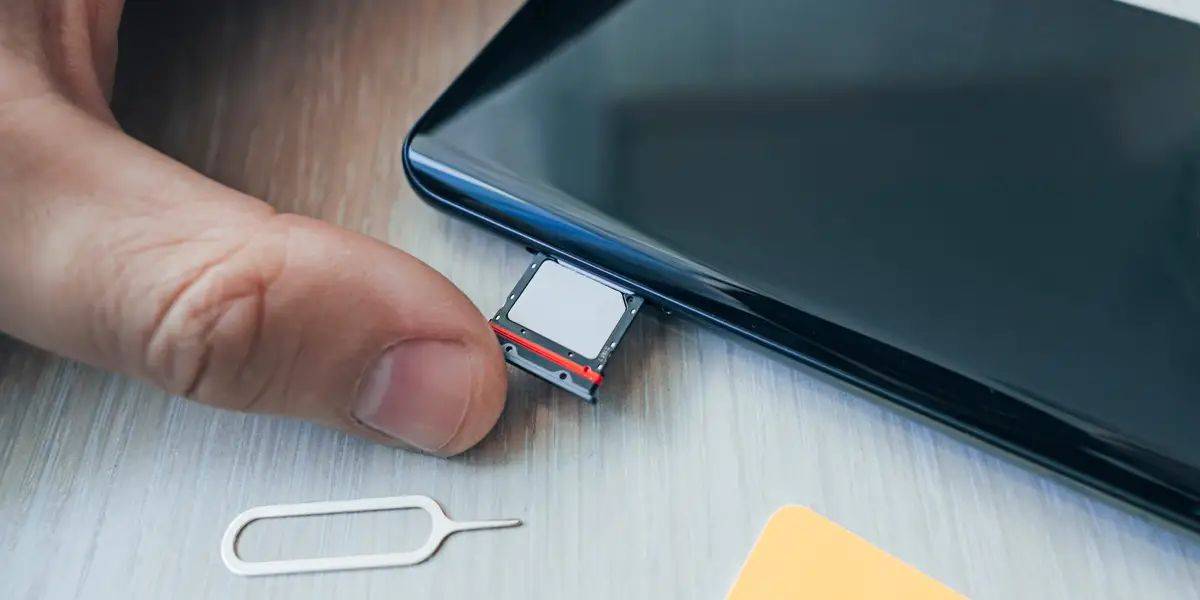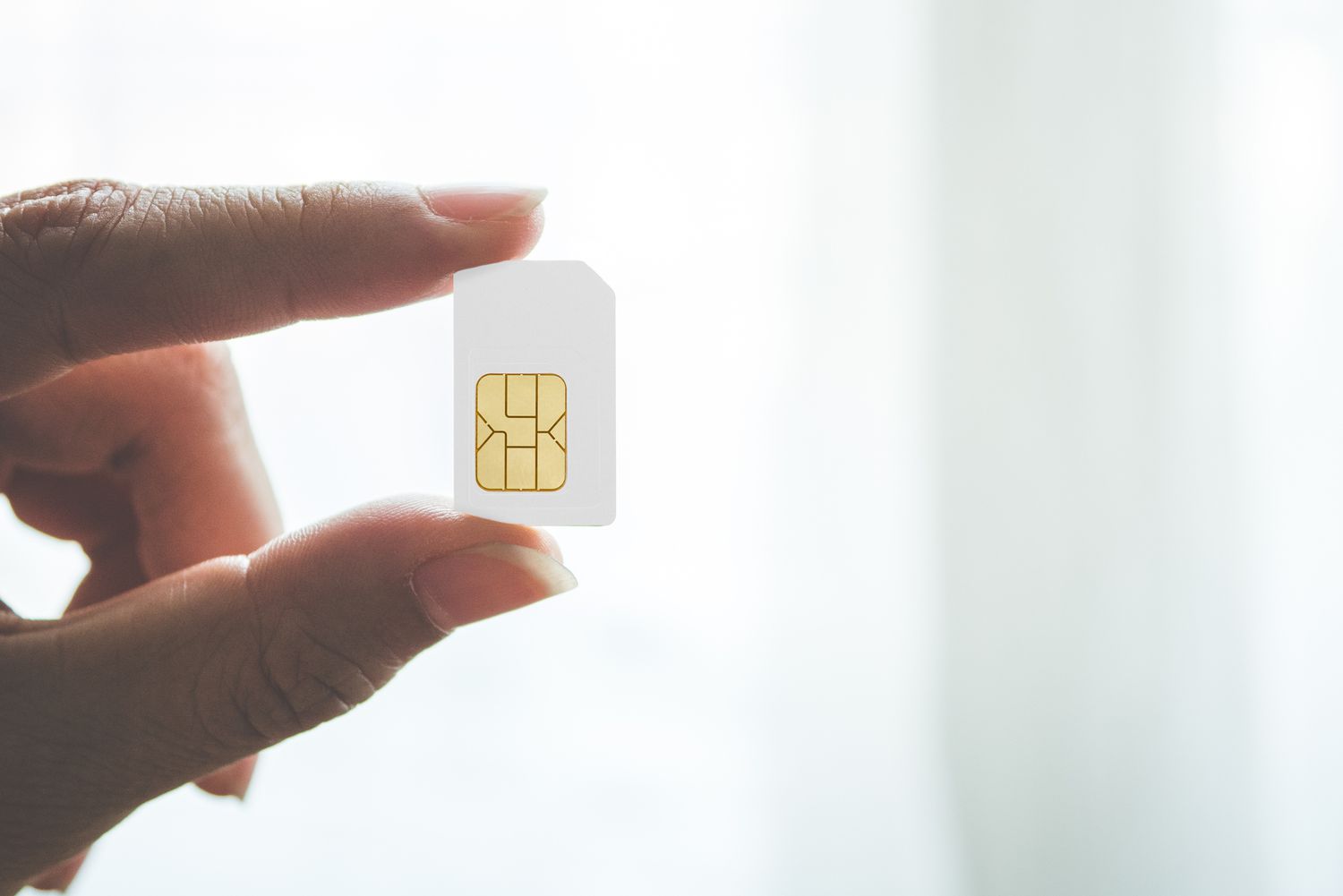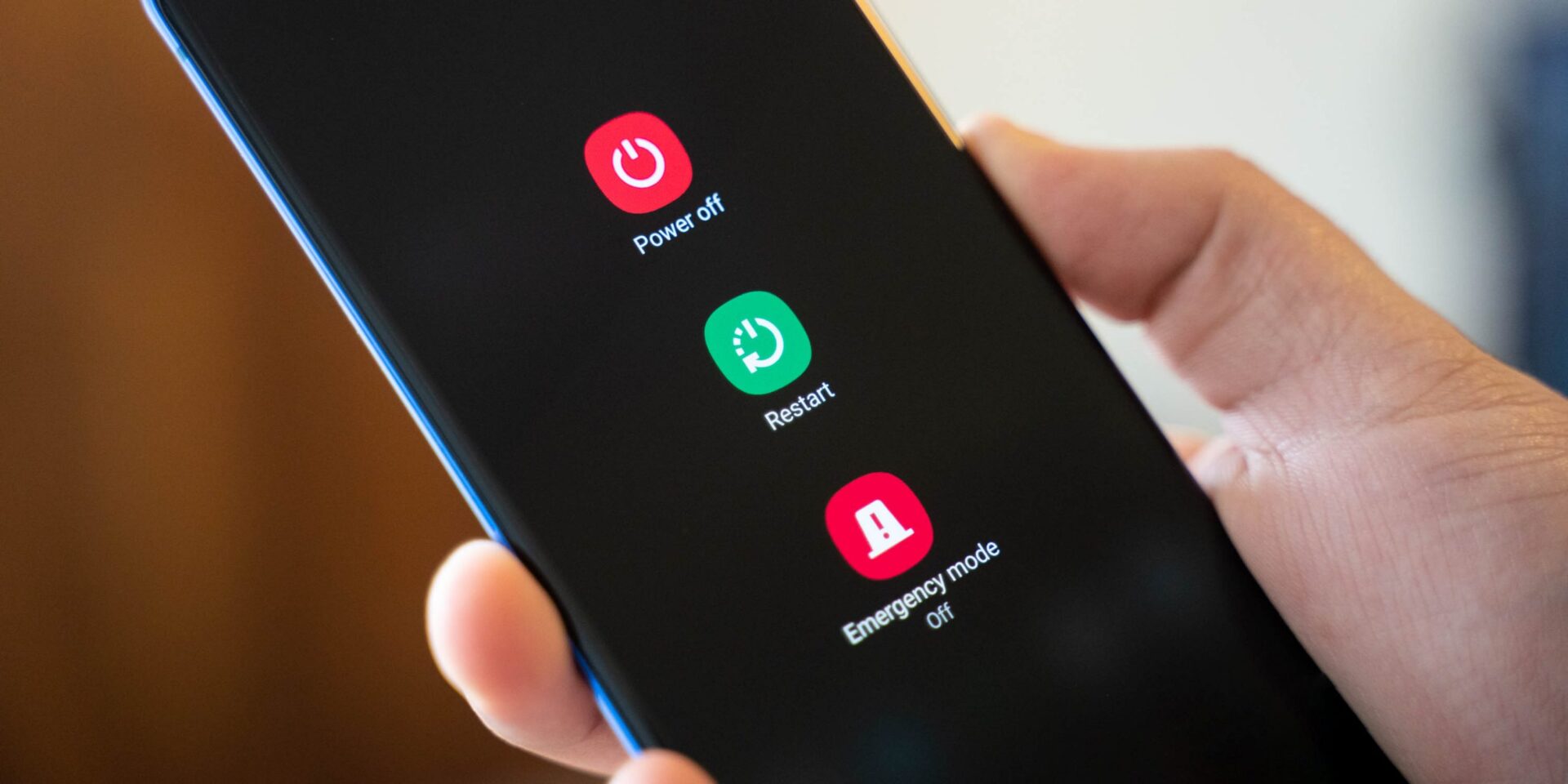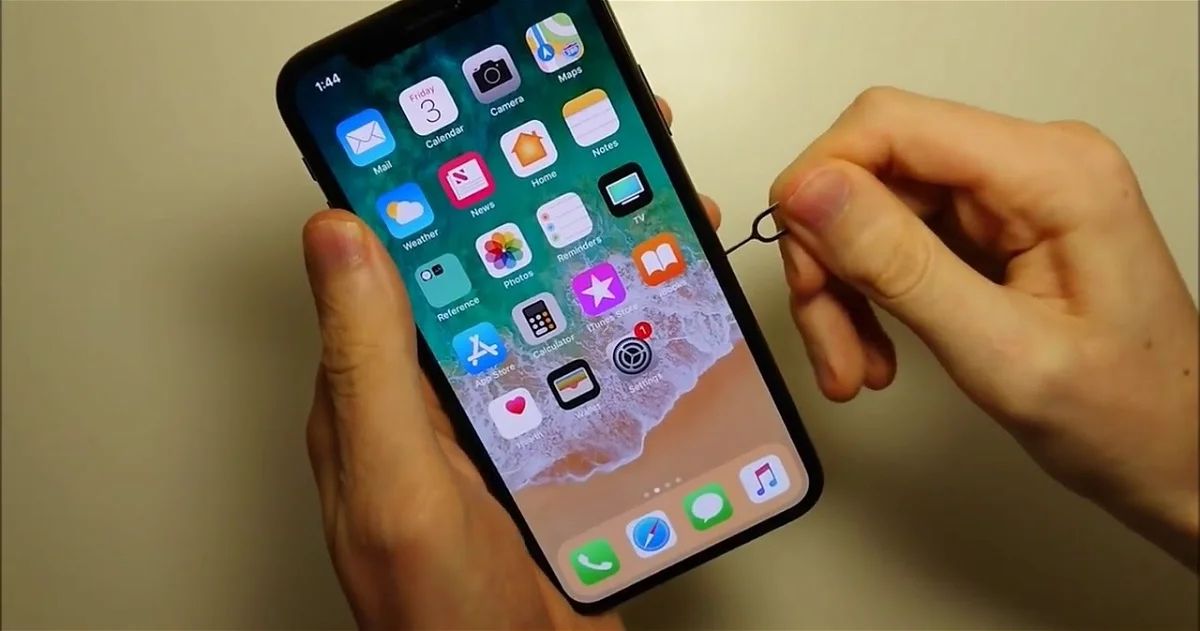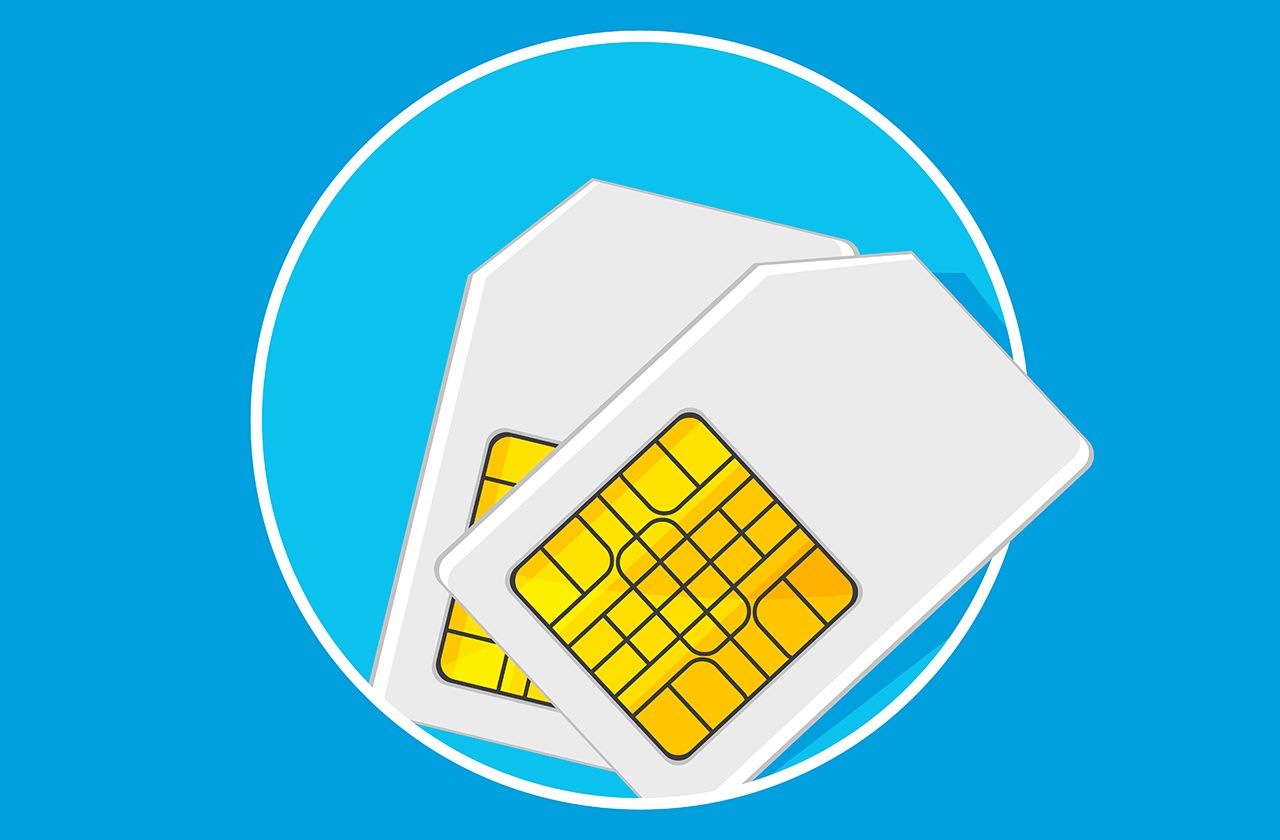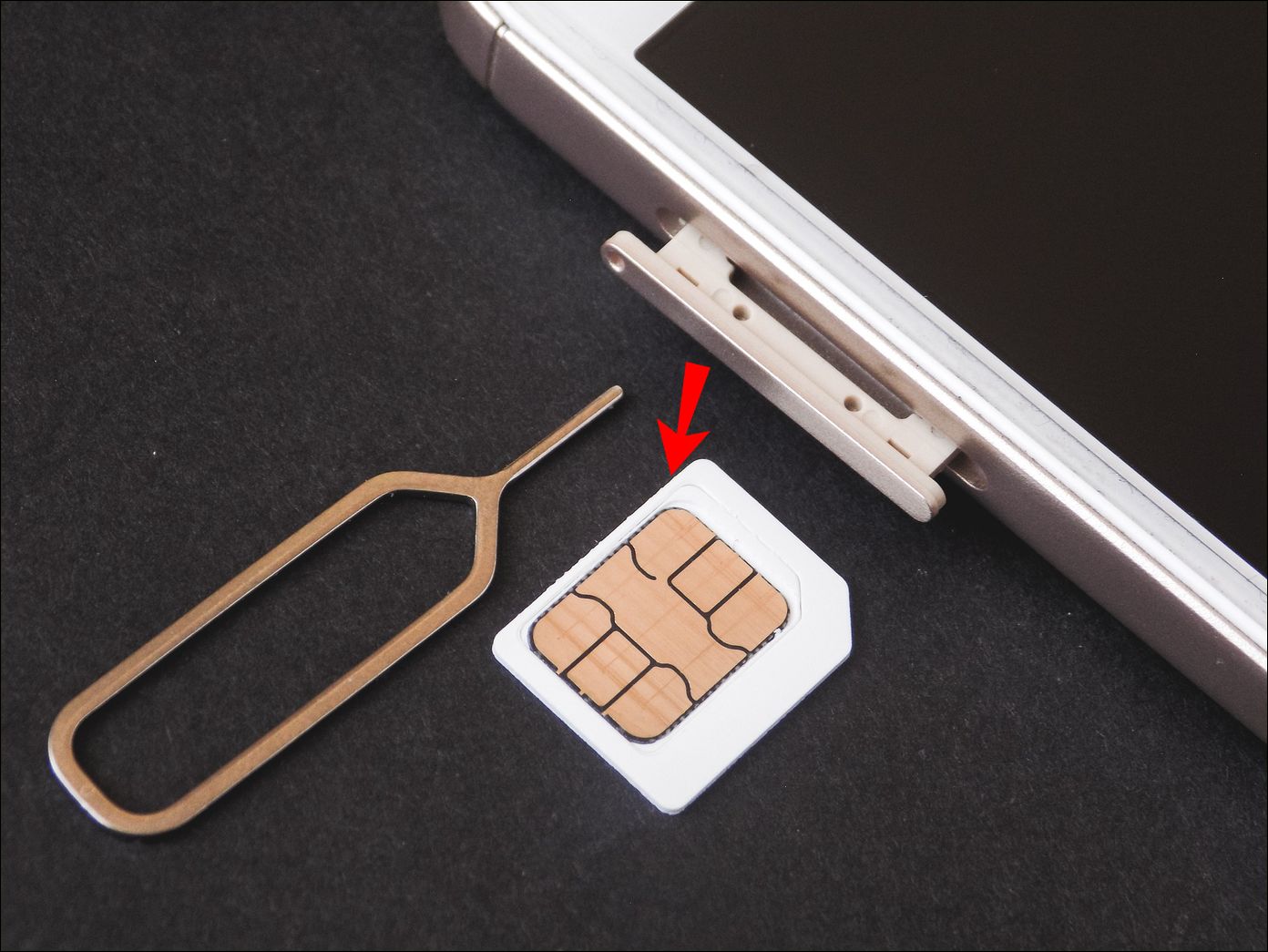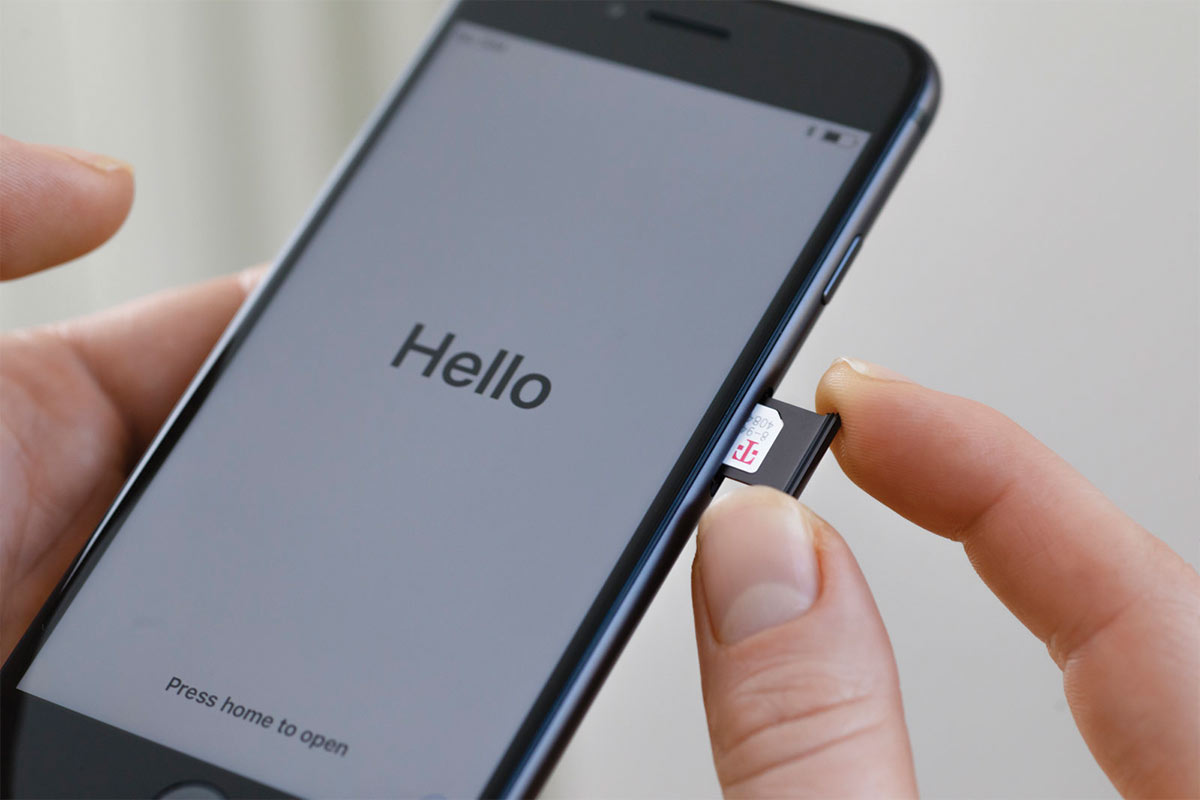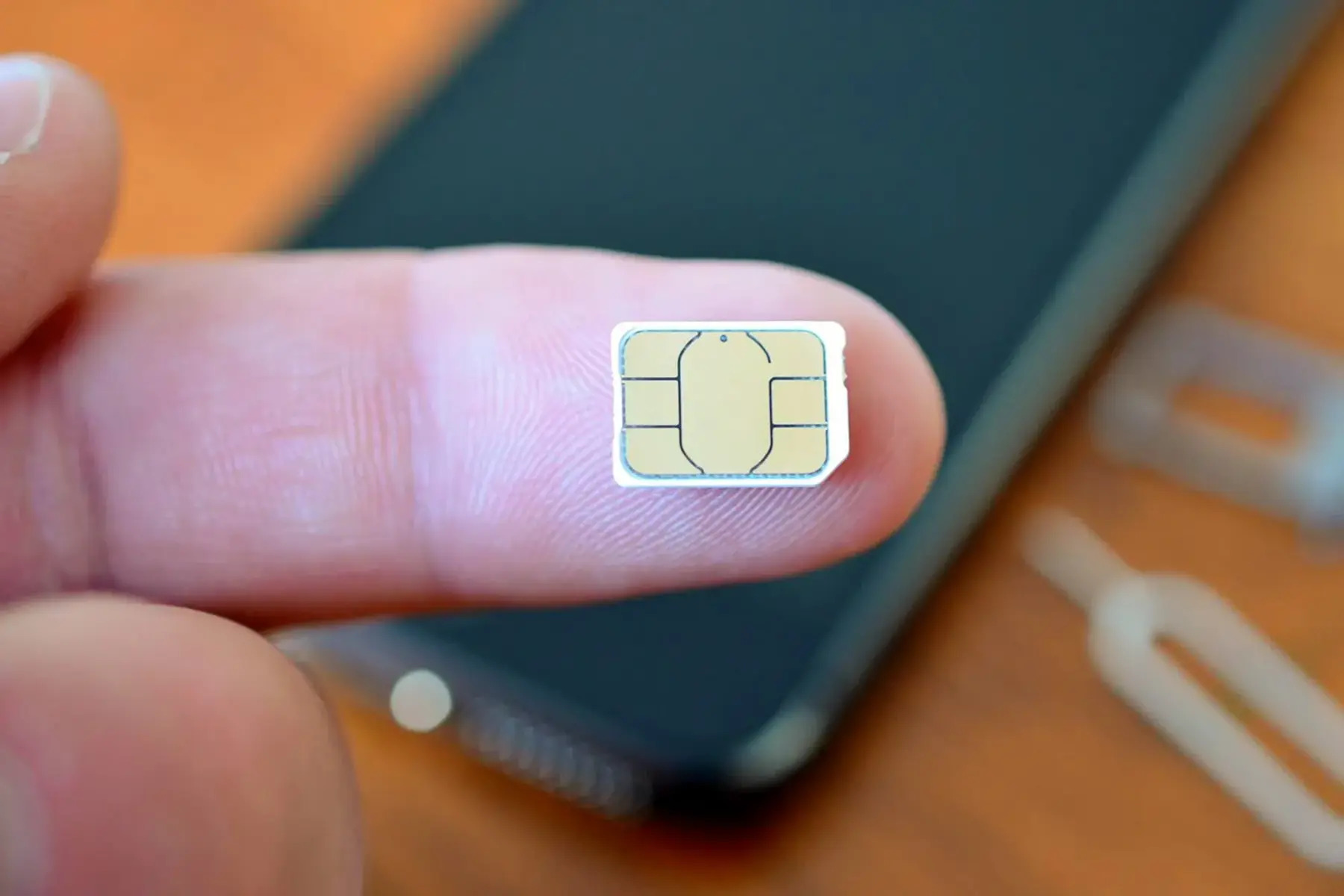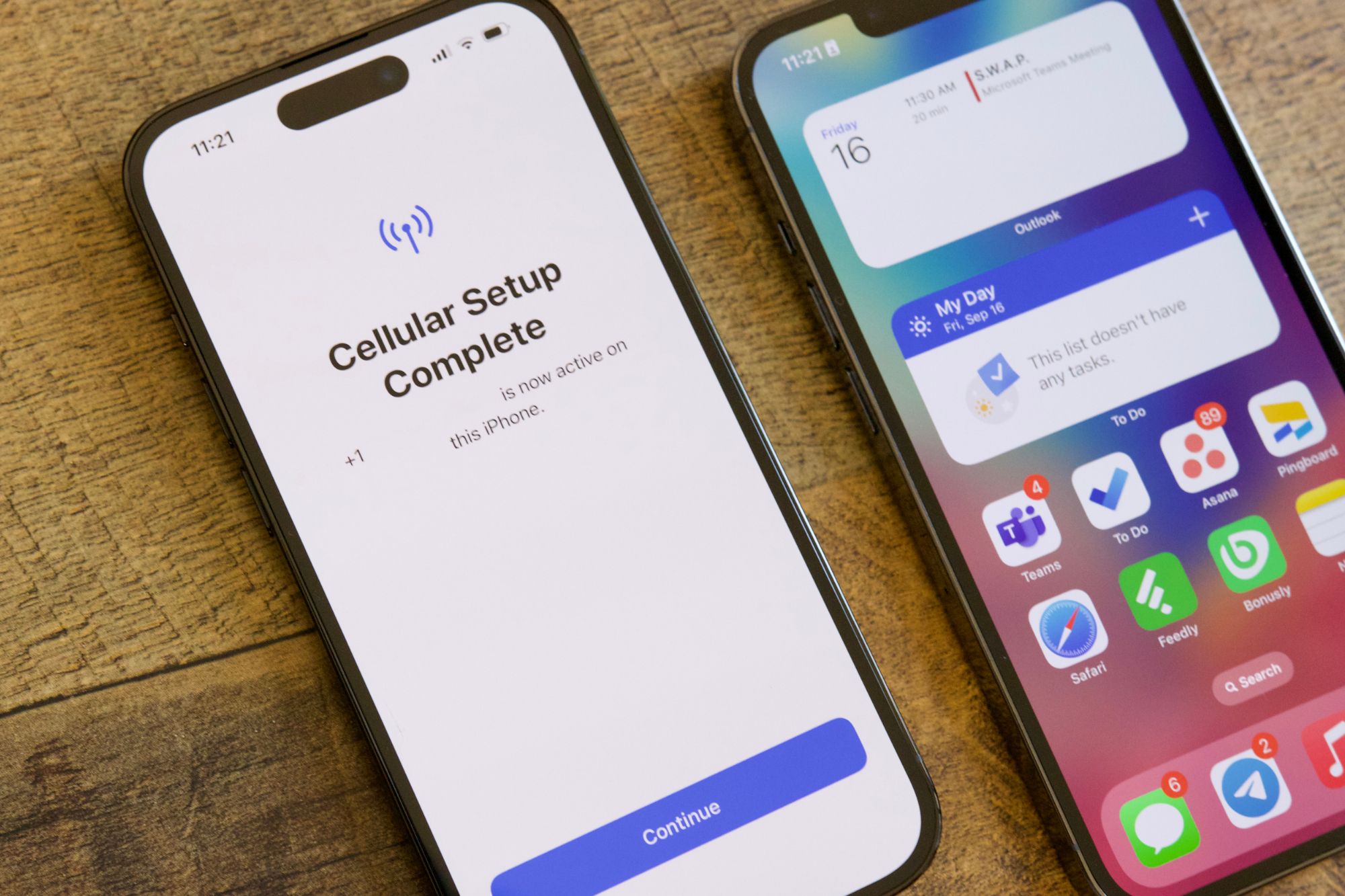Introduction
In today's fast-paced world, mobile devices have become an indispensable part of our daily lives. From staying connected with loved ones to accessing information on the go, our smartphones play a pivotal role in keeping us engaged and informed. However, when it comes to upgrading to a new phone, compatibility issues with the SIM card can often arise, causing frustration and inconvenience for users.
Whether you're transitioning to a more advanced smartphone or simply replacing a damaged device, ensuring that your SIM card is compatible with the new phone is crucial for a seamless transition. Understanding the intricacies of SIM card compatibility and knowing how to identify and resolve potential issues can save you time and effort while ensuring uninterrupted access to essential services.
In this comprehensive guide, we will delve into the nuances of SIM card compatibility, explore common issues that users encounter when switching to a new phone, and provide practical solutions to resolve these challenges. By the end of this article, you will be equipped with the knowledge and insights needed to navigate the process of transitioning your SIM card to a new device with confidence and ease.
So, let's embark on this journey to unravel the mysteries of SIM card compatibility and empower ourselves to overcome any obstacles that may arise when upgrading to a new mobile device.
Understanding SIM Card Compatibility
When it comes to mobile devices, the Subscriber Identity Module (SIM) card serves as a crucial component that facilitates communication and connectivity. Understanding the intricacies of SIM card compatibility is essential for ensuring a smooth transition when upgrading to a new phone.
SIM cards come in various types, including the standard SIM, micro-SIM, and nano-SIM. The compatibility of a SIM card with a new phone primarily depends on the device's SIM card slot and the size of the SIM card. It's important to note that while most modern smartphones are designed to accommodate smaller SIM card sizes, compatibility issues can still arise, especially when transitioning from an older device to a newer one.
The standard SIM card, also known as the Mini-SIM, measures 25 x 15 mm and was the prevalent SIM card size in earlier mobile phones. As technology advanced, the industry shifted towards smaller form factors, leading to the introduction of micro-SIM cards, measuring 15 x 12 mm, and nano-SIM cards, which further reduced the size to 12.3 x 8.8 mm.
To ensure compatibility, it's essential to match the SIM card size with the corresponding slot in the new phone. For instance, if your previous phone used a standard SIM card and your new device requires a micro-SIM or nano-SIM, you will need to obtain a compatible SIM card from your network provider.
Apart from physical dimensions, SIM card compatibility also encompasses technical aspects such as network compatibility and SIM lock status. Different mobile carriers utilize distinct network technologies, including GSM and CDMA, which can impact the compatibility of a SIM card with a new phone. Additionally, SIM cards that are locked to a specific carrier may not function in a different network, necessitating the need for unlocking or obtaining a new SIM card.
Understanding these nuances of SIM card compatibility empowers users to proactively address potential issues and streamline the process of transitioning to a new mobile device. By familiarizing oneself with the various factors that contribute to SIM card compatibility, individuals can make informed decisions and take the necessary steps to ensure a seamless and hassle-free experience when upgrading their phones.
Identifying Compatibility Issues
When transitioning to a new phone, it's essential to be vigilant about potential compatibility issues that may arise with the SIM card. By recognizing and addressing these issues proactively, users can avoid disruptions in connectivity and ensure a smooth migration to their new device.
Physical Incompatibility
One of the primary compatibility issues revolves around the physical dimensions of the SIM card. If the new phone requires a smaller-sized SIM card than the one currently in use, such as when upgrading from a standard SIM to a micro-SIM or nano-SIM, it becomes necessary to obtain a compatible SIM card from the network provider. Attempting to force a larger SIM card into a smaller slot can lead to damage and hinder the functionality of the new phone.
Network Compatibility
Another crucial aspect to consider is the network compatibility of the SIM card and the new phone. Different mobile carriers utilize varying network technologies, such as GSM and CDMA. It's imperative to ensure that the new phone supports the network technology used by the SIM card to guarantee seamless connectivity. Incompatibility in this regard can result in an inability to make calls, send text messages, or access mobile data services.
SIM Lock Status
The SIM lock status of the existing SIM card can also pose compatibility challenges when transitioning to a new phone. If the SIM card is locked to a specific carrier, it may not function in a different network. This can be particularly problematic when switching to a new phone from a different carrier. In such cases, unlocking the SIM card or obtaining a new SIM card from the new carrier becomes necessary to enable full functionality on the new device.
Activation and Configuration
Upon inserting the SIM card into the new phone, users may encounter activation and configuration issues. This can manifest as a lack of signal reception, inability to make calls or send messages, or restricted access to mobile data. These issues often stem from incomplete activation or misconfiguration of the new device's network settings. Ensuring that the SIM card is correctly activated and configured for use with the new phone is crucial for resolving such compatibility issues.
By being mindful of these potential compatibility issues, users can take preemptive measures to address them effectively. Whether it involves obtaining a compatible SIM card, verifying network compatibility, unlocking the SIM card, or ensuring proper activation and configuration, identifying and resolving compatibility issues is pivotal for a seamless transition to a new phone.
Resolving Compatibility Issues
Resolving compatibility issues with a SIM card when transitioning to a new phone is essential for ensuring uninterrupted connectivity and functionality. By addressing potential challenges proactively, users can streamline the process of integrating their existing SIM card with the new device. Here are practical steps to resolve compatibility issues effectively:
Obtain a Compatible SIM Card
If the new phone requires a different-sized SIM card than the one currently in use, obtaining a compatible SIM card from the network provider is paramount. Whether it's transitioning from a standard SIM to a micro-SIM or nano-SIM, or vice versa, acquiring the appropriate SIM card ensures a seamless fit in the new phone's SIM card slot, eliminating physical incompatibility issues.
Verify Network Compatibility
Ensuring that the network technology utilized by the existing SIM card is compatible with the new phone is crucial for seamless connectivity. Different carriers employ distinct network technologies, such as GSM and CDMA. Verifying compatibility in this regard prevents potential issues related to making calls, sending messages, and accessing mobile data services on the new device.
Address SIM Lock Status
If the existing SIM card is locked to a specific carrier, unlocking it or obtaining a new SIM card from the new carrier is necessary to enable full functionality on the new phone. Resolving SIM lock status compatibility issues allows users to seamlessly transition to a new network without restrictions imposed by the previous carrier.
Ensure Proper Activation and Configuration
Upon inserting the SIM card into the new phone, ensuring proper activation and configuration is vital for seamless functionality. Users should verify that the SIM card is correctly activated and configured for use with the new device. This includes checking signal reception, making calls, sending messages, and accessing mobile data to confirm that the SIM card is fully operational.
By addressing compatibility issues through these practical steps, users can navigate the transition to a new phone with confidence and ease. Proactively resolving potential challenges related to SIM card compatibility ensures a seamless and uninterrupted mobile experience, allowing individuals to fully leverage the capabilities of their new device without connectivity disruptions or limitations.
Conclusion
In conclusion, navigating the intricacies of SIM card compatibility when transitioning to a new phone is a critical aspect of ensuring a seamless and hassle-free experience. By understanding the physical, technical, and operational factors that contribute to compatibility issues, users can proactively address potential challenges and streamline the process of integrating their SIM card with a new device.
Throughout this comprehensive guide, we've explored the nuances of SIM card compatibility, delving into the various types of SIM cards and their corresponding sizes, network compatibility considerations, and the impact of SIM lock status on transitioning to a new phone. By familiarizing ourselves with these factors, we empower ourselves to make informed decisions and take the necessary steps to mitigate compatibility issues effectively.
Recognizing the importance of identifying compatibility issues, we've highlighted the significance of being vigilant about physical incompatibility, network compatibility, SIM lock status, and activation and configuration challenges. By acknowledging these potential hurdles, users can take preemptive measures to obtain a compatible SIM card, verify network compatibility, address SIM lock status, and ensure proper activation and configuration, thereby minimizing disruptions and optimizing connectivity on the new device.
By addressing compatibility issues through practical steps, users can navigate the transition to a new phone with confidence and ease. Proactively resolving potential challenges related to SIM card compatibility ensures a seamless and uninterrupted mobile experience, allowing individuals to fully leverage the capabilities of their new device without connectivity disruptions or limitations.
Ultimately, by equipping ourselves with the knowledge and insights presented in this guide, we are empowered to overcome compatibility issues with our SIM card when transitioning to a new phone. This enables us to embrace the exciting features and capabilities of our new device while maintaining uninterrupted connectivity and communication, enhancing our overall mobile experience.
In essence, understanding and addressing SIM card compatibility issues is a pivotal step towards embracing the seamless integration of our existing SIM card with a new phone, ensuring that we can fully harness the benefits of modern mobile technology without hindrances or limitations.







